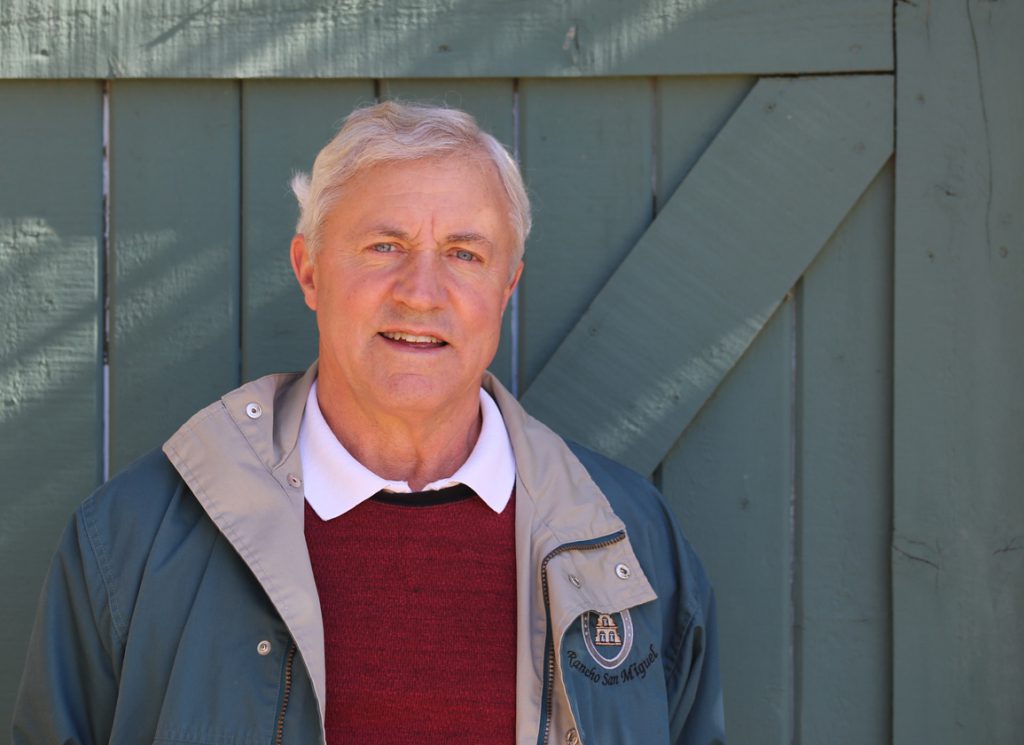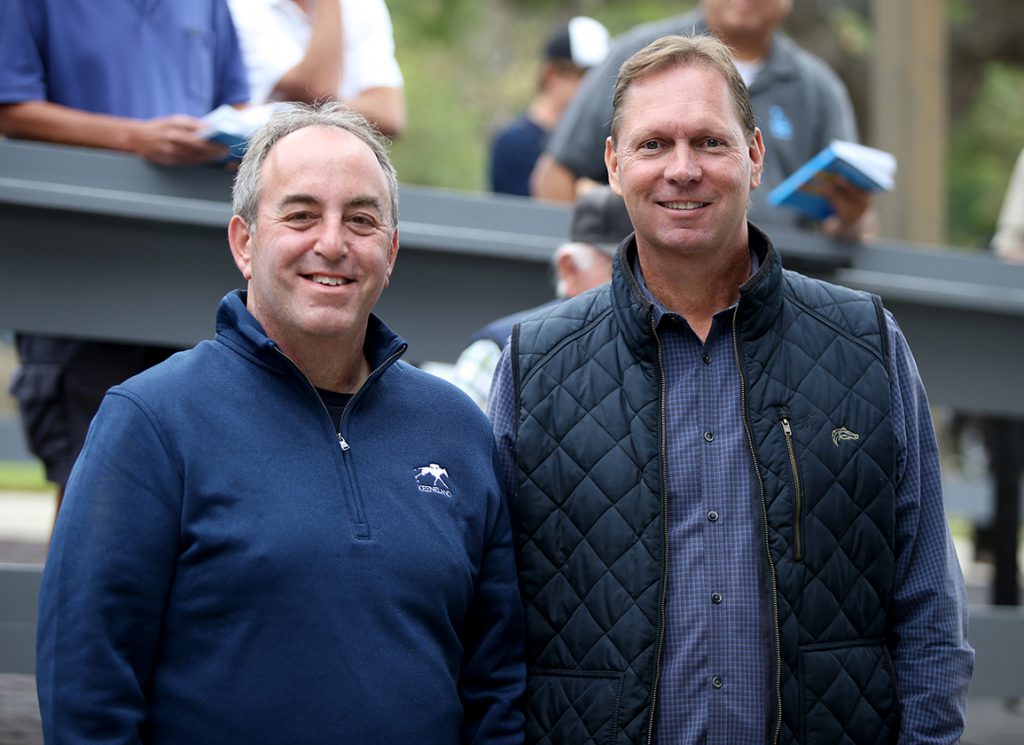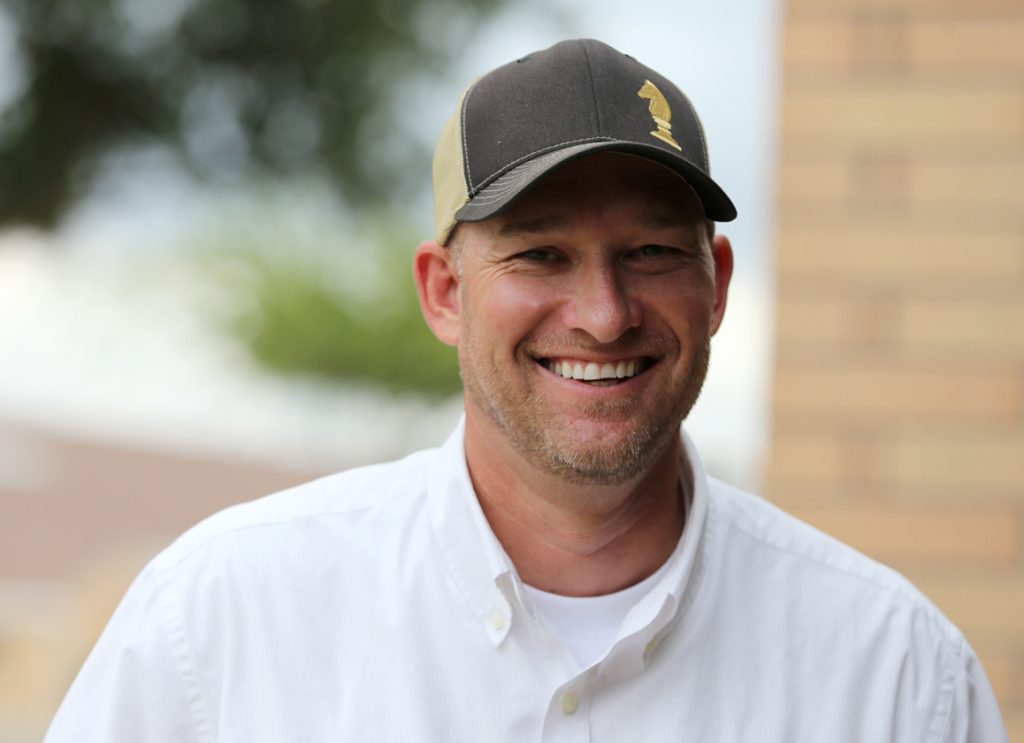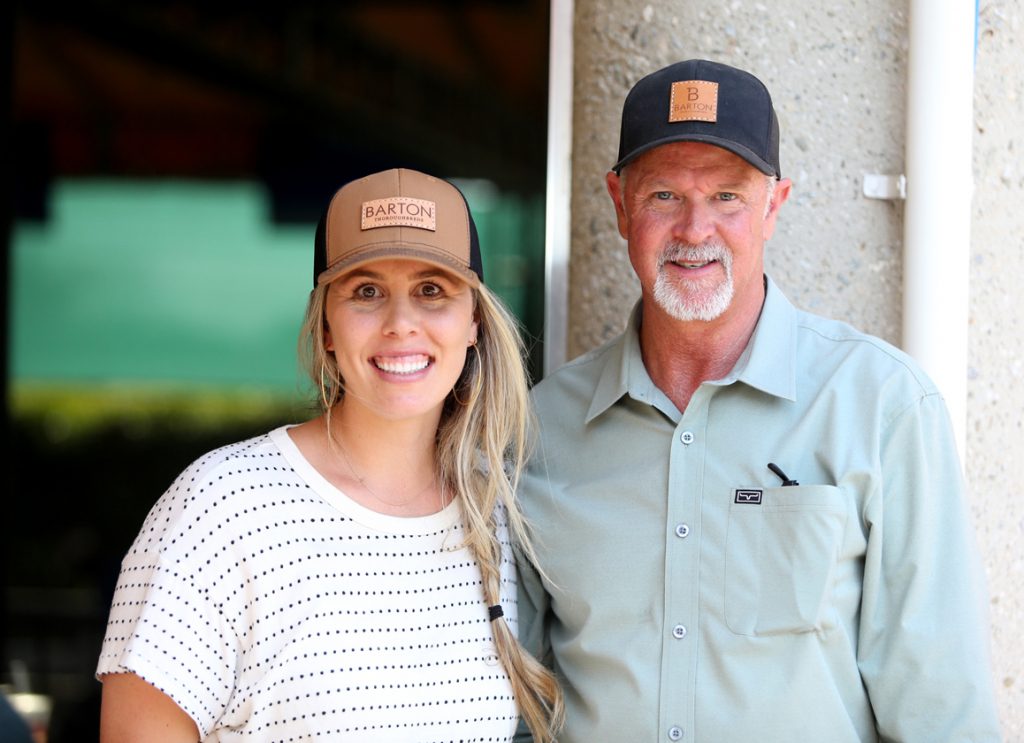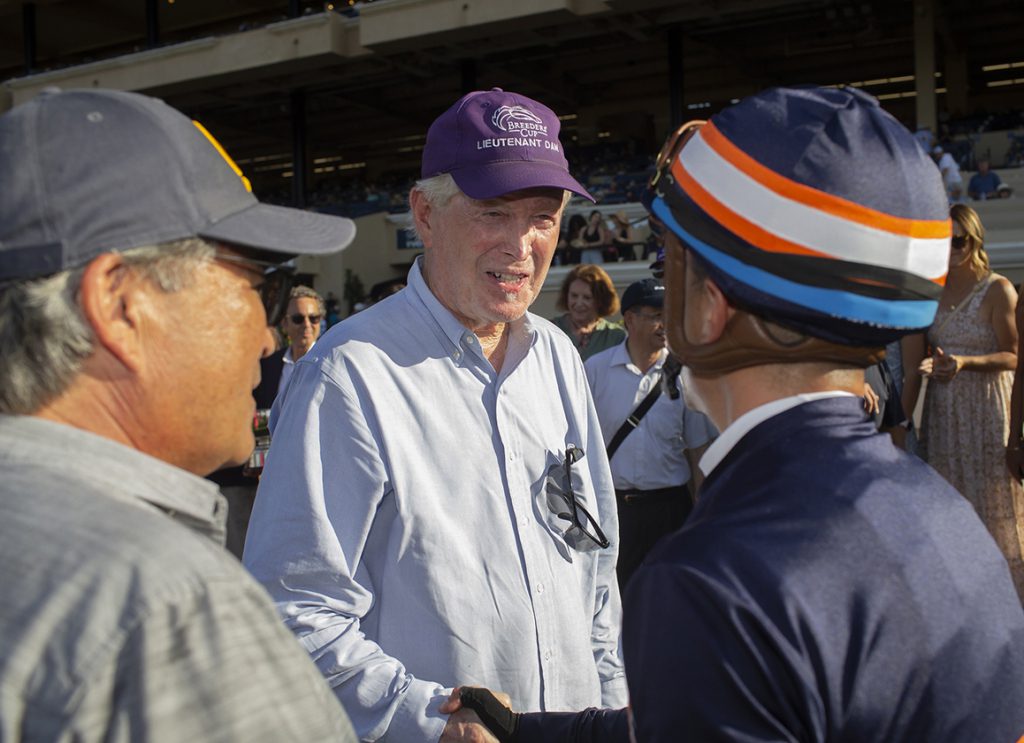The California Horse Racing Board (CHRB) voted 6-0 on Thursday to approve a dates package for the back half of 2024 that will establish the current fairs-meet-only track at Pleasanton as the new crux of a Northern California circuit.
The entire state has been trying to come to grips with the looming June 9 closure of Golden Gate Fields, the lone commercial track in the region, and the Mar. 21 vote by the CHRB was viewed as a NorCal racing lifeline by the estimated 250 supporters in attendance.
Those very vocal and at times emotional NorCal racing advocates greatly outnumbered proponents of a plan that would have instead consolidated all commercial-track racing in the state in Southern California.
The NorCal supporters consisted of horsemen who have called the circuit home for decades, plus a contingent of statewide breeding interests.
Those individuals had the group backing of the California Authority of Racing Fairs (CARF), which will operate the expanded Oct. 16-Dec. 25 Pleasanton meet under the auspices of a new management entity called Golden State Racing.
The California Thoroughbred Trainers (CTT), whose board of directors had unanimously voted to back the initiative that also calls for three other fairs venues to pick up other dates that will be abandoned by Golden Gate's closure, was also behind the Pleasanton idea.
1/ST Racing and Gaming–which owns both the closing Golden Gate and the financially struggling Santa Anita Park–had teamed with Del Mar Thoroughbred Club and the Thoroughbred Owners of California (TOC) to try an convince the CHRB that its alternate plan would be in the best long-term interests of the state as a whole.
That SoCal concept instead focused on redirecting simulcast revenue from the northern circuit to the southern tracks. It was further based on a premise that would have attempted to accommodate displaced Golden Gate outfits by creating more opportunities for lower-level horses to race at Los Alamitos Race Course, dropping the “claiming floors” at both Santa Anita and Del Mar, and establishing “relocation allowances” for stables that had to pack up and move while only short summer fairs meets were conducted in NorCal.
In the middle were the CHRB commissioners, who repeatedly expressed frustrations during the Mar. 21 meeting that because the NorCal and SoCal factions couldn't cooperate to come up with a joint plan, they had been placed in the unenviable position of having to choose one option over the other while knowing that they'd be making some constituents unhappy no matter how they voted on the measure.
Yet while the CHRB did ask pointed questions about CARF's plans for Pleasanton and how the new operation would be funded, commissioners saved their most barbed criticisms for 1/ST Racing's executive vice-chairman Craig Fravel, who only 48 hours before the meeting had penned an open letter that warned of potential consequences that might occur if the CHRB voted against the SoCal plan.
In his Mar. 19 letter–which backers of the Pleasanton plan clearly took as an ultimatum–Fravel had written that “should the Board allocate dates in the north per the CARF proposal Santa Anita will immediately meet with the TOC to implement purse cuts for the balance of 2024.”
Fravel also wrote that “Further planned investments in capital projects at Santa Anita will be reevaluated [and] further operation of Santa Anita and San Luis Rey [Downs] as training and stabling facilities may be in jeopardy.”
In response, CHRB commissioner Damascus Castellanos openly called out 1/ST Racing during Thursday's meeting for being too coercively demanding and for making an already complicated situation more difficult. Castellanos said over the past two days since Fravel's letter was made public, the CHRB has been inundated with calls from concerned constituents.
“I'm not upset because of the calls,” Castellanos told Fravel. “I'm upset because I don't do well with bullies. That's the problem. I'm upset that you [put this burden on] the CHRB. And that's not right. But, if that's the way you felt [you needed to] play the game, then that's what you're going to do…. You want to be the bully? You want to take your ball and run? Then that's up to you. I'm not advocating that. But what I'm saying is don't put that burden on us…. Everybody in this room has a responsibility to take care of themselves and each other. And I believe that that hasn't been done.”
CHRB commissioner Wendy Mitchell told Fravel that she was bothered by 1/ST Racing announcing Golden Gate's closure, not working constructively with NorCal interests to present a workable alternative, then responding with threats of closure when 1/ST Racing didn't like the concept that CARF came up with.
“That's not fair and that's not right,” Mitchell said. “And that's not a good business strategy…. You can't just throw out all these threats to us and say the industry is going to collapse in California [if you don't get your way].”
Mitchell continued: “We're expected, as regulators, to pick sides. To pick north against south. To pick fairs, versus, you know, the Southern California tracks. I don't like the way this was handled. I don't appreciate it. I think we need to have a different attitude and strategy for how to save horse racing in the state of California versus what we have seen so far.”
Fravel then attempted to explain what he meant in the letter using a more moderate tone while underscoring that 1/ST Racing's chairwoman and chief executive officer, Belinda Stronach, remains fully committed to making sure Santa Anita doesn't suffer the same going-out-of-business fate as Golden Gate.
“The letter didn't say we're shutting down,” Fravel said. “The letter said we have to sit down and figure out what we're going to be able to invest with the prospect of continuing to lose money. I can say one thing: I was on the phone with Belinda yesterday. She does not want to close Santa Anita. We've had offers over and over again from people wanting to [buy it], but [upper management's response has consistently been] 'not for sale.' So the commitment is to continue racing. To make racing thrive at Santa Anita, and to try and reinvest our efforts in this product.”
According to plans for the Pleasanton proposal submitted by CARF that were included in the CHRB meeting packet, “In order to provide for the additional horses expected to run at this meet, more than 300 portable stalls will be moved to [Pleasanton's] Alameda County Fairgrounds. No other improvements to the facilities are needed at this time. However, future investments could include additional permanent stalls, improvements to the grandstand and the installation of a turf course.”
Larry Swartzlander, the executive director for CARF, later put an approximate $7-million projected price tag on the turf course, noting that it wouldn't be undertaken until at least year two of the Pleasanton phase-in.
CARF's plan further called for other dates formerly run at Golden Gate to be reallocated this year between Sonoma County Fair (July 31-Aug. 20), Humboldt County Fair (Aug. 21-Sept. 17) and the Big Fresno Fair (Sept. 18-Oct. 15).
CARF and Alameda County Fair have drafted a licensing agreement that will cover five years, the written materials stated.
Back in January, the TOC had previously articulated in front of the CHRB that even though it was in support of any “feasible and viable” plan to keep year-round racing afloat in NorCal, a danger existed in the form of that move increasing economic pressures in the south that the TOC believes would erode the overall California product.
On Thursday, Bill Nader, the TOC's president and chief executive officer, said that while agreement among its board members wasn't unanimous about not backing the Pleasanton plan, “in terms viability, there just wasn't enough assurance that this was a viable plan.”
Nader said the TOC had difficulty with the extended Pleasanton meet using the higher California takeout structure that applies to fairs (instead of the lower commercial takeout scheme that Golden Gate would have been required to use), because, he explained, that form of bet pricing would be burdensome to horseplayers.
Nader also said that he wasn't sure CARF's proposed daily purses (which are still a work in progress) reflected an accurate projection, because Pleasanton would basically have to match what the better-established, lower-takeout Golden Gate meet generated in betting handle to achieve it. The TOC, he said, has come up with slightly different and lower figures.
Nader made it clear that he wasn't arguing which projection was right and which was wrong. But he did state concerns that within a few months, the CHRB will have to make decisions on 2025 dates allocations, and that even then, the Pleasanton meet won't yet be completed, so no one will have “the real truth” on whether the numbers make sense or not.
“The TOC does represent the north. It does represent the south,” Nader said, which elicited catcalls and boos from many in attendance who have accused the TOC of not being representative of the NorCal interests. “What we want is just reliable, accurate information to understand what puts California in the best position going forward.”
Nader continued: “No matter what we do, no matter what decisions are made, there's going to be some pain, and there's going to be some who are going to walk away disappointed. And unfortunately, that's inevitable. I don't care what decision is made–no matter what we do, it's going to have impact to the detriment of some. Frankly, I just think it's unavoidable.”
Alan Balch, the executive director of the CTT, explained prior to the CHRB's vote why his organization backed the NorCal plan.
“Our board, nine people south and north, are unanimous in supporting the effort to keep Northern California racing going,” Balch said. “We believe that racing is California is not going to survive in any meaningful, important way without California breeding, [and] we just need to have a chance to keep breeders interested and motivated to breed, and to provide hope for the future.
“We can all disagree about the viability of any particular northern plan,” Balch said. “But with no plan and no racing in the north, there is very little incentive for California breeders to continue.”
Balch said that his constituents have heard too much rhetoric from the TOC and 1/ST Racing along the lines of, “If this northern money doesn't come to the south, we'll have to cut purses in the south.”
But, Balch postulated, “Do these people realize that if there is no Northern California racing, the Northern California purses will be cut to zero? Does that make sense? Not if we're all in the same state. We have to work together.”
Prior to the CHRB's unanimous vote in favor of the NorCal plan, CHRB chairman Gregory Ferraro, DVM, pointed out that, “This is a serious fiduciary responsibility that the board is taking on here, [and] it's increasingly clear to me that if racing is going to survive in California at all, we can't make two circuits. We have to make one circuit [in which tracks] are not conflicting with each other, where you're benefitting each other.”
CHRB vice-chair Oscar Gonzales added that even if the NorCal interests get what they want out of the vote, they, too, must realize that SoCal does need some form of cooperation and financial help.
“I believe that this [vote] should be an opportunity to reset, [and] the start of mending fences,” Gonzales said. “And [then] let's get on with making California racing the best in the nation.”
Castellanos concurred.
“We need to work together. We need to figure out how to keep racing in California. Not just northern, not just southern–in California. Because if we keep on going at this rate, we're going to implode. There's no reason for us to cannibalize each other,” Castellanos said.
The post CHRB Unanimously Approves Plan to Make Pleasanton New Center of NorCal Circuit appeared first on TDN | Thoroughbred Daily News | Horse Racing News, Results and Video | Thoroughbred Breeding and Auctions.

